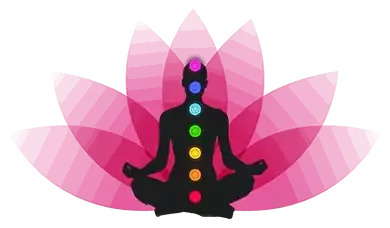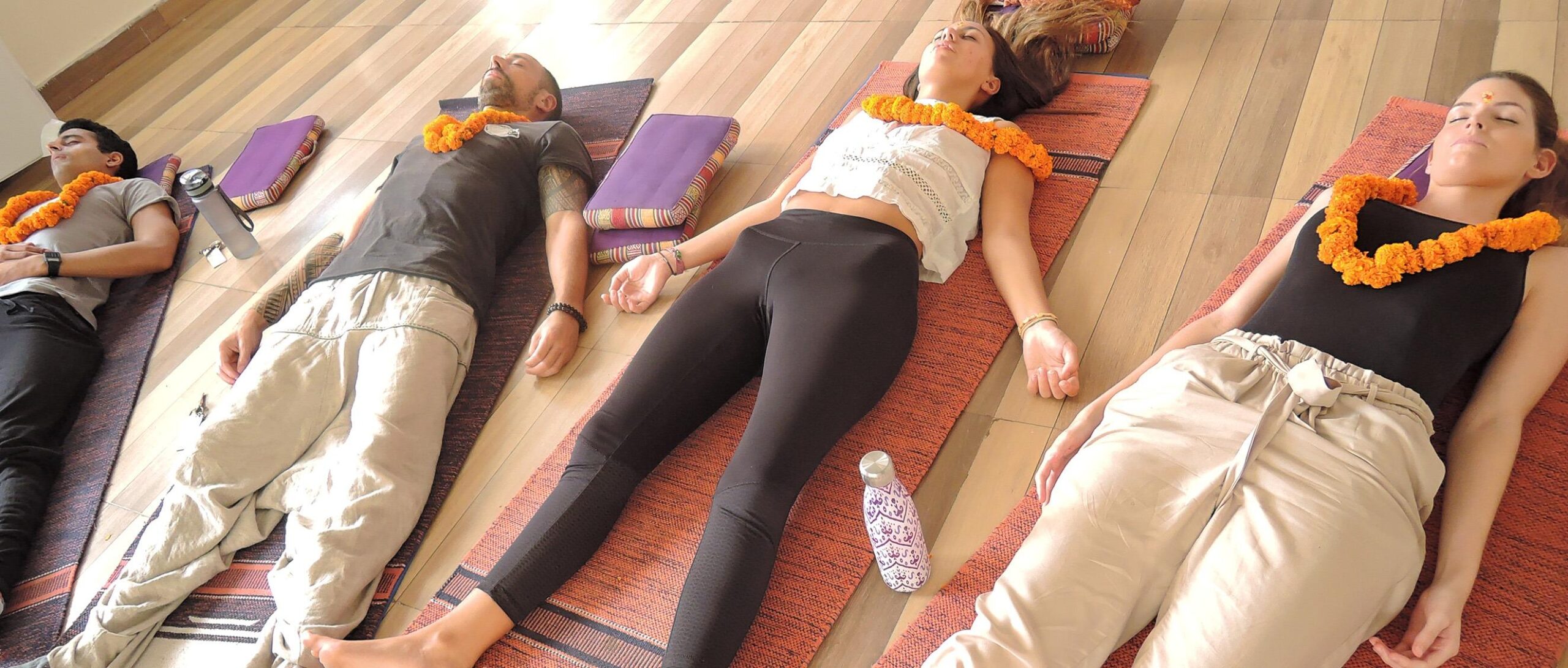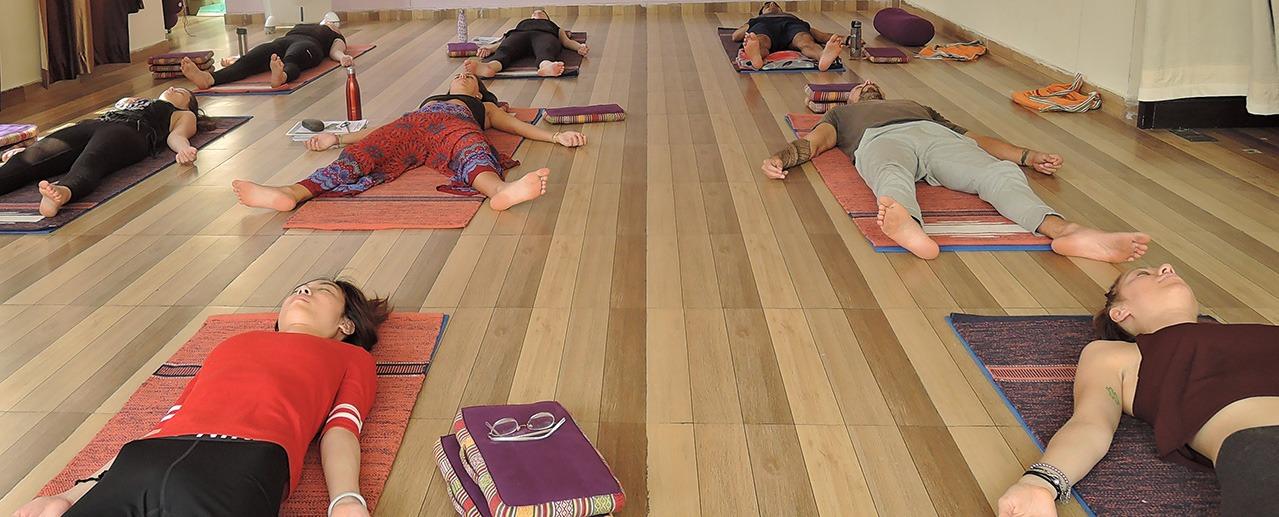Join Advance Yoga Nidra Meditation Training in Rishikesh India
Apply Now
ADVANCED YOGA NIDRA TRAINING INDIA
Advanced Yoga Nidra Teacher Training Level 2 & Level 3
Welcome to Yoga Essence Ashram for learning the science and mechanism of Yoga Nidra, Guided Meditation, and Guided Relaxation in their advanced form through 200 hours of Advanced Yoga Nidra Teacher Training level 2 & level 3 under the guidance and grace of Bodhi Sattva Ji, the lead Yoga Nidra and meditation master at Yoga Essence. These advanced nidra yoga training courses are imparted with deep experiential and transformational ways so that the participants can easily learn, absorb and assimilate the essence of yoga nidra and guided practices through their hearts. One can join our 200 hours advanced yoga nidra training as part of our advanced meditation teacher training module 1 and module 2
Key Features
200 Hours Advanced Yoga Nidra Training Level 2 & 3
COURSE OVERVIEW 100 HOURS ADVANCED YOGA NIDRA TRAINING
Our 200 hours Advanced Yoga Nidra Training happens in two levels as 100 hours advanced yoga nidra training level-2 and 100 hours advanced yoga nidra training level-3. These training programs are happening along with our advanced meditation teacher training module 1 and module 2 in 56 days. It happens only during the period of our 500 hours advanced meditation teacher training course, not separately only 200 hours advanced yoga nidra training.

100 hours Advanced Yoga Nidra Training Level 2 (28 days)
This 100 hours Advanced Yoga Nidra Training level II only happens during period of 250 hours Advanced Meditation Module 1. Hence one can receive the training of advanced yoga nidra level II training only by joining our advanced meditation teacher training course.
100 hours Advanced Yoga Nidra Training Level 3 (28 days)
200 hours Advanced Nidra Training in Two Certifications

Who can Join our Yoga Nidra Teacher Training Course Level 2?
Daily Schedule of Yoga Nidra Teacher Training Course
| Time | Activity |
|---|---|
| 06:00 am | Herbal Detox Tea |
| 06:30 am | Energy Awekening Meditation Practices |
| 07:30 am | Active Advanced Meditation Practice/ Mudra, Bandha, Kriya Practice |
| 08:45 am | Breakfast |
| 10:00 am | Advanced Mindfulness Meditation/ Yoga Nidra Practice (Guided by Students) |
| 11:00 am | Deeper Science & Mechanism of Meditation & Yoga Nidra |
| 12:15 pm | Advanced Meditation Practices/ Teaching Practicum |
| 01:15 pm | Lunch & Rest |
| 02:45 pm | Self Study |
| 03:45 pm | Advanced Meditation Practice (Vigyan Bhairav Tantra/ Osho/ Sufi) |
| 05:00 pm | Herbal Tea |
| 05:30 pm | Satsang Meditation with Swamiji/ Advanced Yoga Nidra (Guided by Swamiji) |
| 07:00 pm | Dinner |
| 08:00 pm | Q&A Session/Inner Journey Guidance/ Teaching Practicum |
| 09:30 pm | Lights Off & Rest |
Please Note: – The daily schedule is subject to change
Course Dates of Yoga Nidra Teacher Training Course Level II
| Start Date | End Date | Course Fee | Availability | Book |
|---|---|---|---|---|
| 02nd Jan 2022 | 25th Jan 2022 | Euro 800 | Available | Apply Now |
| 02nd Jan 2023 | 25th Jan 2023 | Euro 800 | Available | Apply Now |
| 02nd Jan 2024 | 25th Jan 2024 | Euro 800 | Available | Apply Now |
Course Dates of Yoga Nidra Teacher Training Course III
| Start Date | End Date | Course Fee | Availability | Book |
|---|---|---|---|---|
| 26th Aug 2022 | 21st Sep 2022 | Euro 800 | Available | Apply Now |
| 26th Aug 2023 | 21st Sep 2023 | Euro 800 | Available | Apply Now |
Reinvigorate Mind, Body & Soul
Words from the hearts of our students



